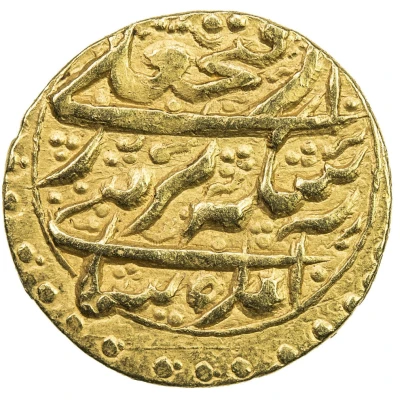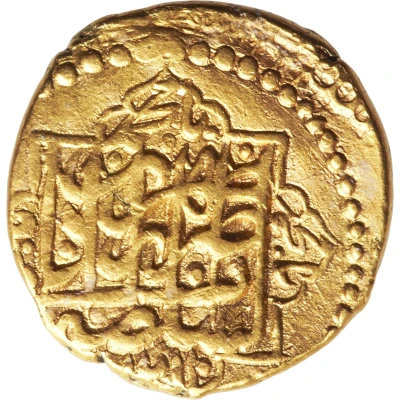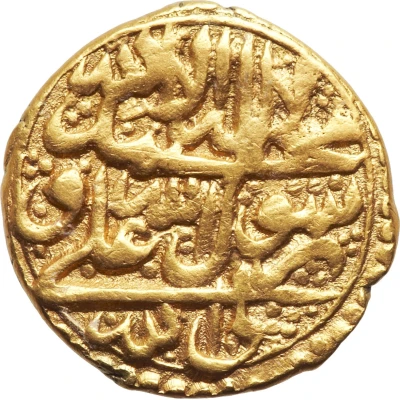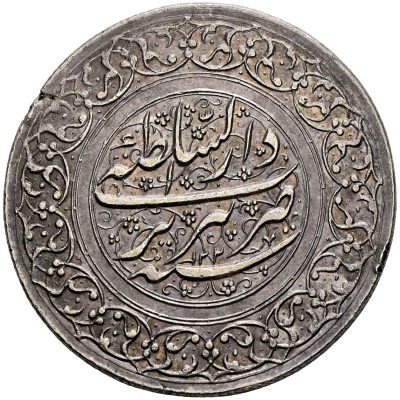


© سامعی (CC BY)
½ Tuman - Fat'h Ali Qajar type R; Rasht
1213 (1799) year| Gold | 2.99 g | - |
| Issuer | Iran |
|---|---|
| Shah | Fath-Ali Shah (1797-1834) |
| Type | Standard circulation coin |
| Year | 1213 (1799) |
| Calendar | Islamic (Hijri) |
| Value | ½ Toman (4) |
| Currency | First Rial (1798-1825) |
| Composition | Gold |
| Weight | 2.99 g |
| Shape | Round |
| Orientation | Coin alignment ↑↓ |
| Demonetized | Yes |
| Updated | 2024-10-05 |
| Numista | N#176365 |
|---|---|
| Rarity index | 97% |
Reverse
Lettering:
ضرب دارالمرز رشت
۱۲۱۳
Edge
Plain
Interesting fact
One interesting fact about the ½ Tuman - Fat'h Ali Qajar (type R; Rasht) 1213 (1799) coin from Iran is that it was made of gold, which was a rare and valuable material at the time. The use of gold in coinage was a symbol of the wealth and power of the Qajar dynasty, which ruled Iran from 1789 to 1925. The fact that this coin was made of gold and had a relatively low denomination of ½ tuman suggests that it was intended for widespread circulation and use in everyday transactions, highlighting the importance of gold as a medium of exchange in the Iranian economy during this period.



